A groundbreaking study of the Chabad-Lubavitch movement’s impact on university campuses throughout the United States was released today, the first time that independent researchers have systematically examined Chabad’s transformative impact on students during and after college.
Commissioned and funded by the Hertog Foundation in New York, the study was conducted by noted social scientists Dr. Mark I. Rosen and Dr. Steven M. Cohen, along with Arielle Levites and Dr. Ezra Kopelowitz. Over a period of three years, they analyzed survey data from more than 2,400 alumni under the age of 30 and conducted extensive in-person interviews with students, parents, faculty, university officials, and local Chabad and Hillel leaders at 22 campus Chabad centers. The Hertog Study of Chabad on Campus gauges Chabad’s post-college impact according to 18 different measures of Jewish engagement, and details the means and methods that produce that engagement.
According to Cohen, research professor of Jewish social policy at Hebrew Union College-Jewish Institute of Religion and director of the Berman Jewish Policy Archive at Stanford University, the study is a pivotal one: “In the context of American Jewry’s legitimate concern for its Jewish future, this is a vital study that’s coming at the right time.”
The study reveals that Chabad on campus is having a significant and lasting effect on the long-term Jewish engagement of students from all backgrounds.
The data indicates that “students’ involvement with Chabad on campus has a very strong impact on their Jewish lives after college,” states Rosen, associate professor and director of field-experience programs at the Hornstein Jewish Professional Leadership Program at Brandeis University and the lead author of the study. “The impact is across the board, and is actually strongest for those who were raised Reform or unaffiliated.”
The study reported that those raised Reform who were active with Chabad had a 113 percent increase in their overall engagement compared to their counterparts who hadn’t been active with Chabad during college—2.13 times higher. For students raised with what they termed “no denomination,” Jewish engagement was 107 percent higher, and those raised Conservative measured 63 percent higher than students not active with Chabad.
Many Students From Unaffiliated Homes
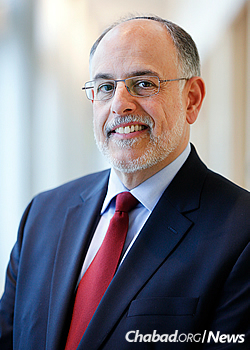
From USC and Arizona State to Harvard and Yale, campus Chabad centers have sprung up at nearly every American institution of higher education with Jewish students. The Chabad centers are directed by Chassidic couples who by appearance stand out among the college crowd—the rabbi sporting a beard, his spouse and co-director modestly dressed, both with young children in tow.
The study empirically confirms that the large numbers of young Jews attracted to Chabad centers on campus hail overwhelmingly from backgrounds very different than those of the emissaries who influence them. The study found that 88 percent of Chabad on campus attendees do not come from Orthodox homes, with a significant portion not affiliated at all. Those unaffiliated are described by the study as “usually the most difficult group for most Jewish organizations to attract and engage.”
“It’s counterintuitive that they would show up at all,” says Rosen.
Cohen, a seasoned researcher who has been studying the Jewish community for decades, points out that some within the broader Jewish community have been under the assumption that “to reach young Jews who are distant, you need other Jews who are distant to attract them.
“[But what] we’re seeing here is that you do not have to be assimilated to reach other assimilated Jews. In fact, Chabad shows that it’s actually better to be engaged and Jewishly learned to succeed.”
And although this population is “clearly hard to reach,” adds Cohen, once engaged with Chabad, “they travel far.”
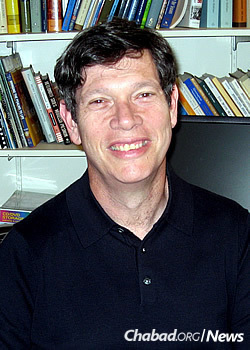
Making Personal Connections
So what actually draws students to check out Chabad at college?
The Hertog report reveals that the first encounter is often the result of a friend’s recommendation to join Chabad’s plentiful Friday-night Shabbat meals or convivial holiday programs, where they are warmly welcomed to what alumni described as a “homey” atmosphere. It’s also fun.
The social scene on Friday night was variously described by students as “cool, fun, hip, lively, vibrant, and exciting,” states the study.
But what keeps them coming back afterward is “personally connecting with the rabbi or rebbetzin in some fashion,” says Rosen, author of several books and numerous publications, including an important study of the campus Hillel organization.
The study finds that it is the “extraordinary level of concern” shown by the emissaries toward each individual that establishes the students’ “foundation for Jewish growth.”
That personal care, Rosen says, affects pivotal life decisions by students, such as dating and marrying Jewish.
Other ways in which the impact was measured include a belief in G‑d, post-college participation in Jewish learning, an emotional attachment to Israel and donating to Jewish causes.
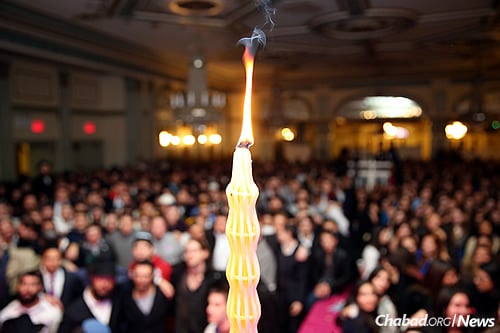
Strong Roots, New Growth
Chabad-Lubavitch’s work on American college campuses stretches back to the 1940s and `50s, when the Sixth Lubavitcher Rebbe—Rabbi Yosef Yitzchak Schneersohn, of righteous memory, and his successor, the Rebbe—Rabbi Menachem M. Schneerson, of righteous memory—sent rabbinical students to campuses to serve as resources for Jewish students.
The Rebbe spent many hours personally meeting and corresponding with Hillel student groups and individual students, answering their existential questions, guiding them in their campus challenges, and urging them towards greater Jewish observance and pride. He charged the Chabad-Lubavitch movement and other Jewish groups with the urgent responsibility to meet the various needs of Jewish students. He also counseled Jewish organizations on creative ways to engage campus students Jewishly.
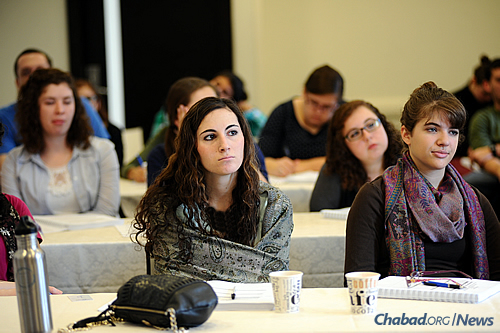
Chabad outposts worldwide dedicated significant resources and attention to student outreach. In the late 1960s, efforts began to establish permanent student-focused centers near major American academic institutions across the United States, beginning with UCLA in 1969. By 2000, there were some 35 permanent Chabad-Lubavitch student centers in the United States, and the movement’s emissaries provided student programming at more than 100 college campuses.
The last decade-and-a-half has seen significant growth in the number of full-time Chabad student centers, in large part due to the pioneering charitable investment of philanthropist George Rohr and his family. Today, the Chabad-Lubavitch movement has 264 permanent campus centers, serving students at 500 schools across the globe. That number continues to grow, with several in the pipeline at any given time.
One eyewitness to the growth and evolution of Chabad on campus has been Rabbi Menachem Schmidt, co-director of Lubavitch House at the University of Pennsylvania and president of Chabad on Campus International, the umbrella organization for campus-based Chabad work. He and his wife, Chava, founded the campus Chabad House in 1980 and just recently celebrated extensive new renovations on the building.
“When we first came to Penn, people really didn’t know what to make of us,” says Schmidt. “Today, a student might come to Penn while his or her friends are at the University of Michigan, Stanford, or Miami, and they’ll all share their respective experiences at the Chabad Torah class or challah bake or ‘Shabbat 1000.’ That’s a big change from 36 years ago.
“But the foundational approach of what we do on campus hasn’t changed at all,” says the rabbi. “Making personal connections, forming friendships, being there in a student’s time of need and sharing the treasures of Judaism—all of which come directly from the Rebbe’s teachings and example—remain very much the same.”
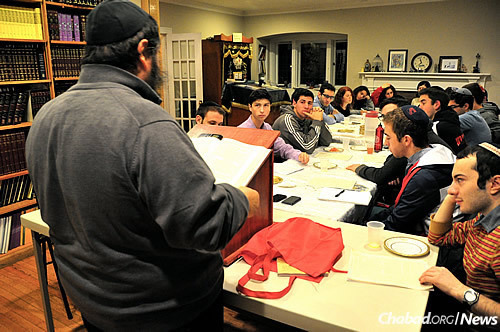
Creating a Welcoming Environment
The impetus to study Chabad’s effect on campus did not originate from the movement. That came from investor and philanthropist Roger Hertog, president of the Hertog Foundation and chairman of the Tikvah Fund.
Hertog says he long wondered about “the efficacy, the value of the impact on students coming to Chabad Houses.” Conversations with Chabad on campus leadership eventually led him to engaging researchers to systematically gather and evaluate data about its work on campus.
Almost four years later, Hertog notes that what surprises him most is that “Chabad is able to reach across lines and create a welcoming environment for young people, and then get them interested in learning more.”
“I think it will make the donors and all the people involved proud of what they’re doing,” says Hertog.
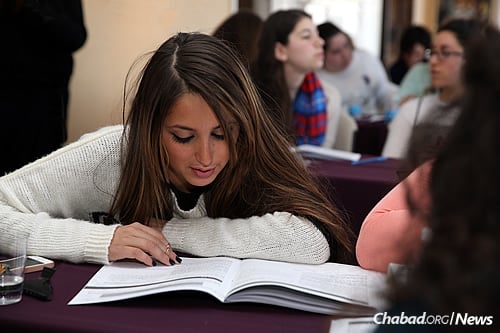
George Rohr, who serves as chairman of the board of advisers of Chabad on Campus International, concurs.
“Over the years,” says Rohr, “many friends from across the denominational spectrum who have college-age children have asked me questions like ‘Why is my cool, independent, fun-loving, intellectually curious child at XYZ college so attracted by this couple who appear to be so different than him or her?’ This study answers those questions.”
Examining the factors that contribute to Chabad’s success, the authors delved deeply into the goals and modus operandi of the campus emissaries. They explored how emissaries encourage students to adopt Jewish practices, assessing whether they are in any way coercive; they examined Chabad’s approach to the public role of women, emissaries’ overall compatibility with college populations, their relationships with college administrations, their budgets and fundraising responsibilities, and their opinions on the role of Hillel on their campuses.
The researchers discovered what they describe as the emissaries’ “complete acceptance” of students, and how despite their “scrupulous and unwavering personal observance” they “do not consider students who do not follow these practices to be any less Jewish [than they are], and they do not impose these practices upon them.”
This and a series of traits and behaviors, including intellectual and spiritual depth, authenticity, modeling a strong personal example while demonstrating a flexible, personalized approach to each student converge to form a deeply resonant experience for the student—one that has a powerful and long-lasting impact on his or her life.
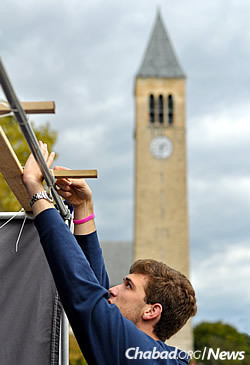
“There are many external things—great food, warmly greeting people—that are practiced elsewhere, too,” explains Rosen. “But there’s a lot that Chabad does that is not easily replicated: The dedication, devotion and commitment of the rabbis and rebbetzins in both their work and personal lives. The way their entire family is involved. The Talmudic wisdom. The Chassidic teachings. The teachings of the Rebbe. Can you take a few ingredients and apply them? Sure. But can you bake a cake without all of the ingredients?”
Hertog says that he is particularly taken by the study’s portrayal of female Chabad emissaries, with whom students often forge deeper bonds even than with the rabbi. “Her role is unheralded in the Jewish world in how giving she is,” states Hertog. “Given all she does as a mother caring for her children, often cooking for very large numbers of people, and on top of that, to have students coming in at all hours of the day, every day, and to engage with them. That’s a pretty impressive finding.”
Rosen says that the biggest surprise for him was “how long so many students stay in touch with their campus Chabad representatives after college. Generally, few students stay in touch with their college faculty after they graduate. But 60 percent—that’s three out of five students—were in touch with the Chabad rabbi or his wife during the previous 12 months. You keep your rabbi and rebbetzin after college. That’s quite remarkable.”
“It’s gratifying that this landmark study confirms empirically what many of us have long known instinctively,” says Rohr. ”The reason behind Chabad’s success on campus is the utterly selfless dedication and hard work of every single emissary—both the husbands and the wives—and their unconditional love for each student. Their sincerity and self-sacrifice is incredibly compelling to students, and their warmth allows these students—whether or not they agree with the emissaries on a variety of subjects—to form lasting and rewarding relationships with them.”

History and Continuity
Both Rosen and Cohen say the Hertog study is an important report to be read by people who care about the future of the American Jewish community and Jewish continuity. Professor Jonathan Sarna of Brandeis University in Waltham, Mass., agrees, saying the findings point to a changed atmosphere on campus.
“Go back a generation ago to when Yitz Greenberg wrote about universities as the death knell of Judaism. You had Jewishly committed students who were going to college and leaving their Judaism behind,” explains Sarna, a leading Jewish historian and author of American Judaism: A History, and most recently, of Lincoln and the Jews. In this study, “we see today’s students coming to college uninterested in Jewish life and become turned on to it, rather than the reverse.”
Sarna believes that the effects of the life-long investment of the Chabad campus emissaries will be increasingly felt throughout the Jewish world.


“Chabad rabbis are there to stay forever,” he says, “so they develop a history and continuity with the institution. They’re there for the long haul. With so many of the Chabad centers relatively new now, we’ll likely see a yet far larger Chabad impact 20 years from now.”
Echoing Sarna’s projections, Rabbi Yossy Gordon, executive vice president of Chabad on Campus International, says: “This news bodes well for the Jewish future.”
All told, Chabad’s work both on campus and in communities around the world stems directly from what Hertog calls “the Lubavitcher Rebbe’s big idea.”
“The Rebbe had a big goal, a vision, to look and see something in every Jew, no matter how observant they are,” he says. “Sending [religious] young men and women [and their families] to cities or campuses not only around the United States but all over the world, that is a profoundly big idea. That you can bring Jewish people closer to Judaism and that each person has something to offer, that’s an idea that is alive today as it was when the Rebbe was alive, and will continue on.”
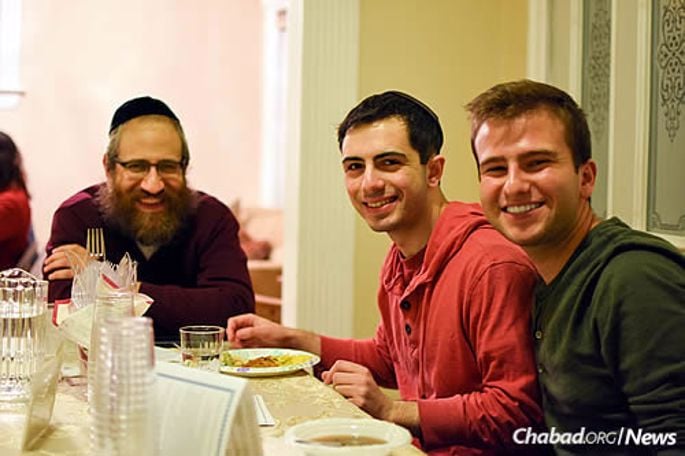

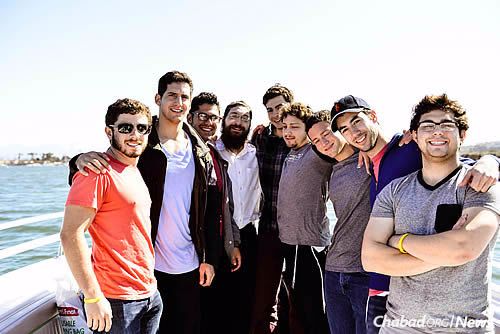

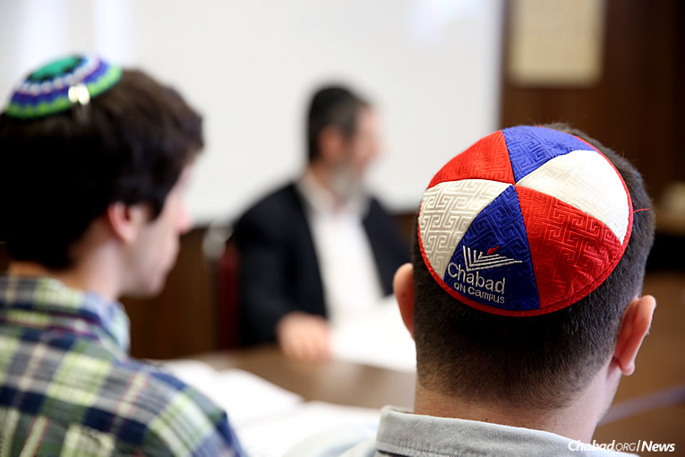
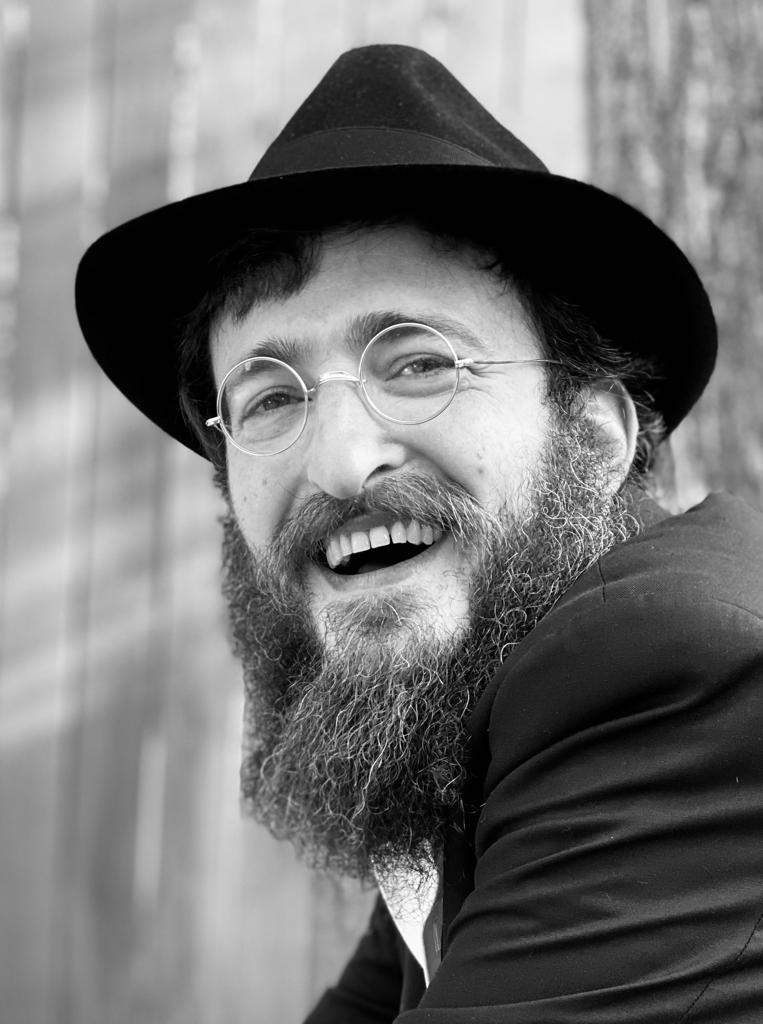





Start a Discussion